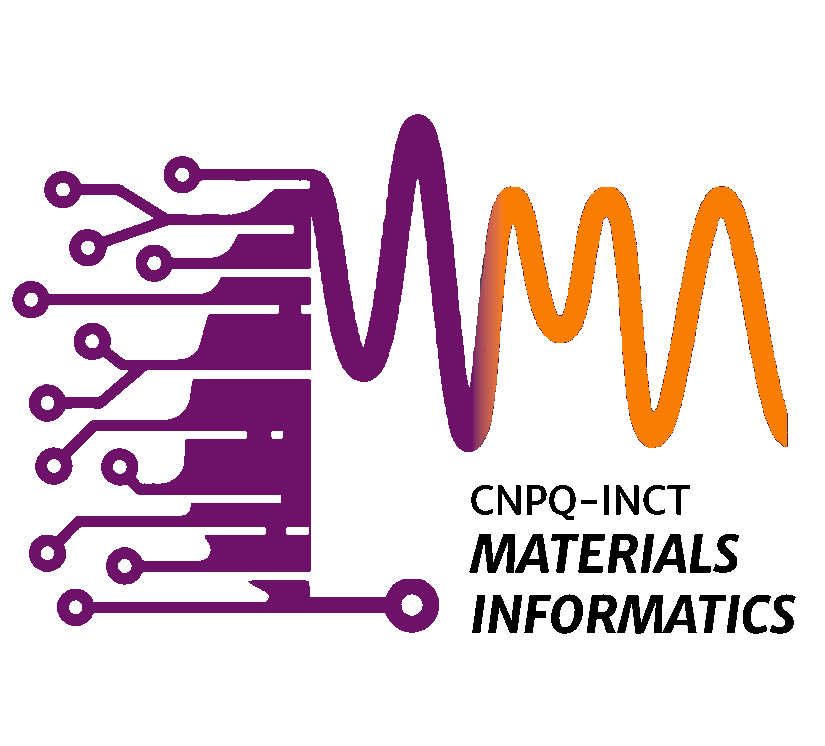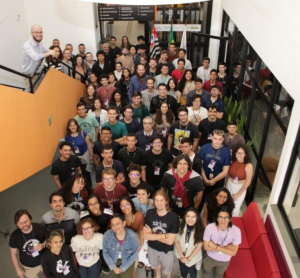
Publicações de Daniel Cassar
Silva, Roni Alisson; Batista, Gislene; Cassani, Rodrigo; Teófilo, Ana Flávia; Martins, Gabriela Kobelnik; Cassar, Daniel R.; Serbena, Francisco Carlos; Cassanjes, Fábia; Poirier, Gael Thermal, chemical, and mechanical properties of niobium phosphate glasses and glass-ceramics Journal Article Em: Ceramics International, 2024, ISSN: 0272-8842. Resumo | Links | BibTeX | Tags: Elastic modulus, Glass, Glass-ceramic, Hardness, Niobium, Phosphate Mannan, Sajid; Zaki, Mohd; Bishnoi, Suresh; Cassar, Daniel R.; Jiusti, Jeanini; Faria, Julio Cesar Ferreira; Christensen, Johan F. S.; Gosvami, Nitya Nand; Smedskjaer, Morten M.; Zanotto, Edgar Dutra; Krishnan, N. M. Anoop Glass hardness: Predicting composition and load effects via symbolic reasoning-informed machine learning Journal Article Em: Acta Materialia, vol. 255, pp. 119046, 2023, ISSN: 1359-6454. Resumo | Links | BibTeX | Tags: Glass composition, Hardness, Indentation load, Indentation Size Effect (ISE), Machine Learning (ML)2024
@article{SILVA2024,
title = {Thermal, chemical, and mechanical properties of niobium phosphate glasses and glass-ceramics},
author = {Roni Alisson Silva and Gislene Batista and Rodrigo Cassani and Ana Flávia Teófilo and Gabriela Kobelnik Martins and Daniel R. Cassar and Francisco Carlos Serbena and Fábia Cassanjes and Gael Poirier},
url = {https://www.sciencedirect.com/science/article/pii/S0272884224008733},
doi = {https://doi.org/10.1016/j.ceramint.2024.02.350},
issn = {0272-8842},
year = {2024},
date = {2024-02-29},
urldate = {2024-01-01},
journal = {Ceramics International},
abstract = {In this work, glass samples were obtained by melt-quenching in the binary system (100-x)KPO3-xNb2O5 with x = 20, 30, 40, and 50 mol%. Thermal properties investigated by DSC together with structural investigations by Raman spectroscopy allowed to understand the structural effect of Nb2O5 incorporation in the potassium phosphate glass network. A transparent glass-ceramic has also been produced by heat treatment of the 50KPO3–50Nb2O5 glass sample. Density, molar volume, atomic packing, and refractive index were determined and increased with Nb2O5 content. Chemical resistance in several corrosive aqueous solutions was found to increase with Nb2O5 content and crystallization. Vickers hardness as well as elastic modulus and hardness obtained from nanoindentation experiments also strongly increased with higher niobium contents, indicating that not only optical properties but also chemical and mechanical properties are improved with niobium incorporation in the phosphate glass network.},
keywords = {Elastic modulus, Glass, Glass-ceramic, Hardness, Niobium, Phosphate},
pubstate = {published},
tppubtype = {article}
}
2023
@article{MANNAN2023119046,
title = {Glass hardness: Predicting composition and load effects via symbolic reasoning-informed machine learning},
author = {Sajid Mannan and Mohd Zaki and Suresh Bishnoi and Daniel R. Cassar and Jeanini Jiusti and Julio Cesar Ferreira Faria and Johan F. S. Christensen and Nitya Nand Gosvami and Morten M. Smedskjaer and Edgar Dutra Zanotto and N. M. Anoop Krishnan},
url = {https://www.sciencedirect.com/science/article/pii/S1359645423003774},
doi = {https://doi.org/10.1016/j.actamat.2023.119046},
issn = {1359-6454},
year = {2023},
date = {2023-01-01},
journal = {Acta Materialia},
volume = {255},
pages = {119046},
abstract = {Glass hardness varies in a non-linear fashion with the chemical composition and applied load, a phenomenon known as the indentation size effect (ISE), which is challenging to predict quantitatively. Here, using a curated dataset of over 3,000 inorganic glasses from the literature comprising the composition, indentation load, and hardness, we develop machine learning (ML) models to predict the composition and load dependence of Vickers hardness. Interestingly, when tested on new glass compositions unseen during the training, the standard data-driven ML model failed to capture the ISE. To address this gap, we combined an empirical expression (Bernhardt's equation) to describe the ISE with ML to develop a framework that incorporates the symbolic equation representing the domain reasoning in ML, namely Symbolic Reasoning-Informed ML Procedure (SRIMP). We show that the resulting SRIMP outperforms the data-driven ML model in predicting the ISE. Finally, we interpret the SRIMP model to understand the contribution of the glass network formers and modifiers toward composition and load-dependent (ISE) and load-independent hardness. The deconvolution of the hardness into load-dependent and load-independent terms paves the way toward a holistic understanding of the composition effect and ISE in glasses, enabling efficient and accelerated discovery of new glass compositions with targeted hardness.},
keywords = {Glass composition, Hardness, Indentation load, Indentation Size Effect (ISE), Machine Learning (ML)},
pubstate = {published},
tppubtype = {article}
}
Destaques de Daniel Cassar
Orientados e Supervisionados por Daniel Cassar

Sarah Peixoto Rodrigues Freire
Vínculo: Iniciação Científica
Instituição: Centro Nacional de Pesquisa em Energia e Materiais (CNPEM)
Laboratório: Ilum – Escola de Ciência
Projeto: Projeto inverso de novos vidros bioativos. (CNPq)


